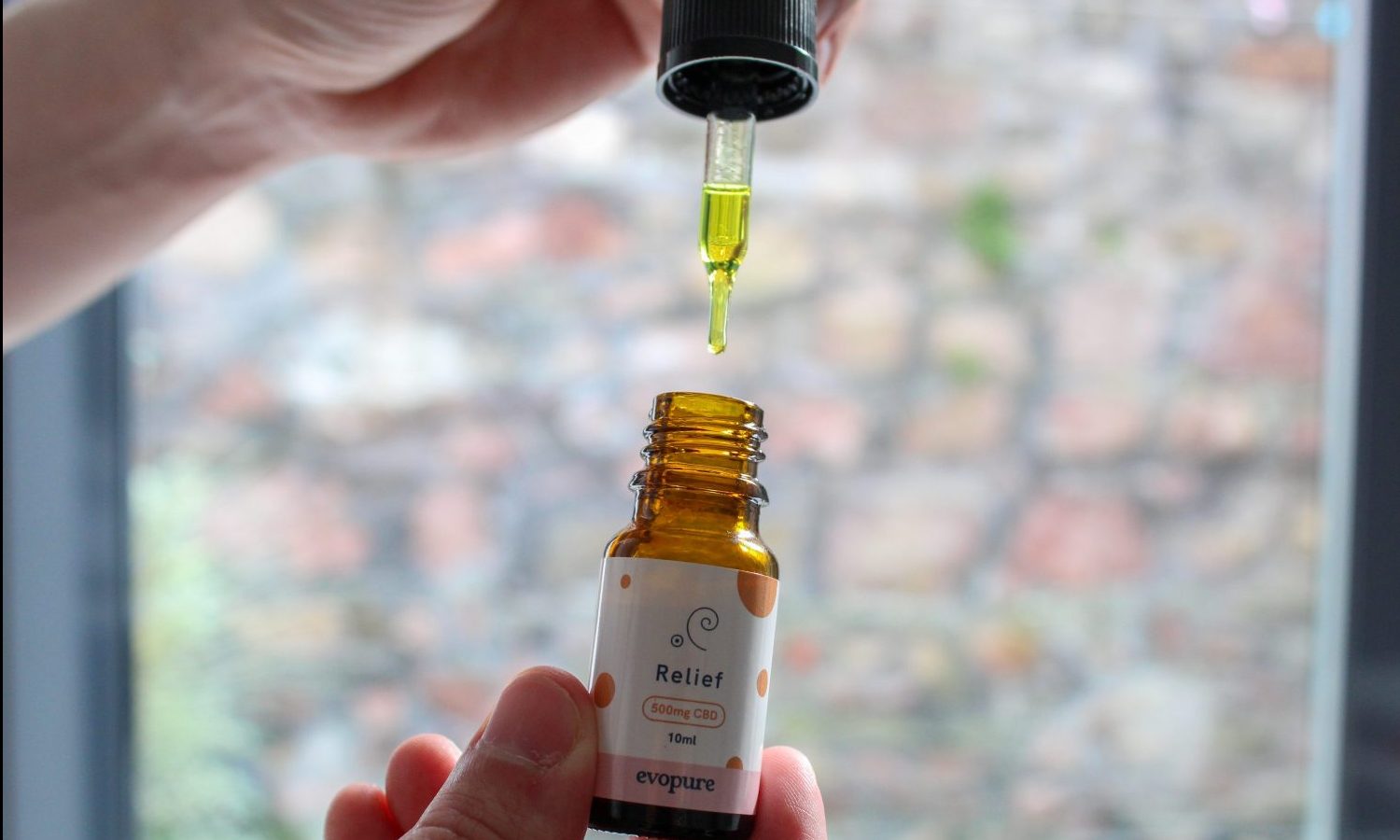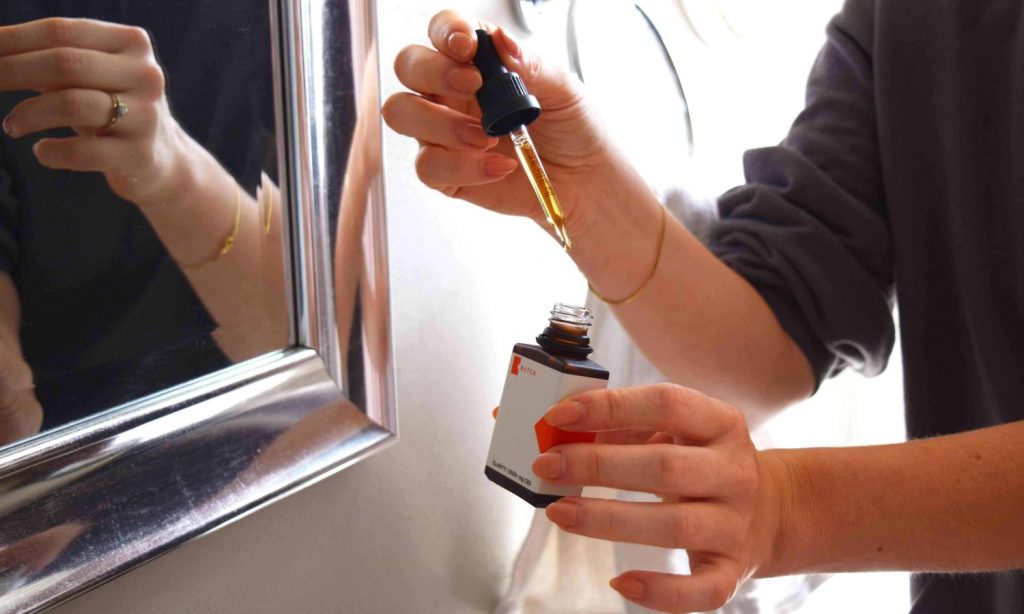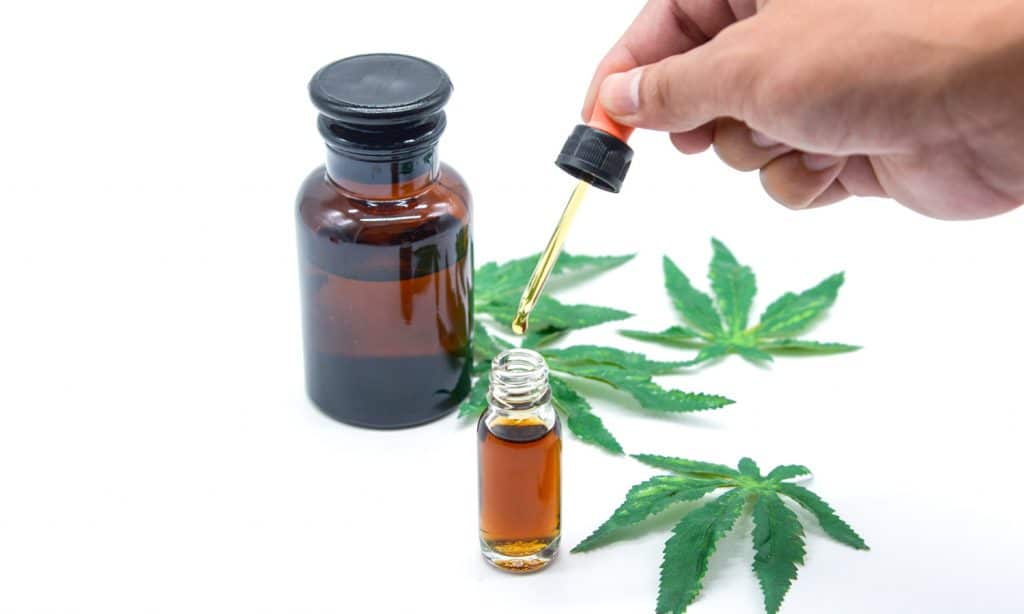
One of the most sought cannabinoids found in hemp and cannabis plants is cannabidiol (CBD) because it’s believed to be a therapeutic compound. You’ve probably heard about CBD oil, and you’re now looking for more information about how it’s made and how it can be beneficial for your health.
Anecdotal evidence shows how remarkable CBD is, but your search shouldn’t stop with this. Instead, learn how CBD is made by determining the scientific process and explanation associated with its manufacturing and consumption by reading further.
CBD Oil Basics
Cannabidiol has gained so much popularity in recent years due to its medicinal benefits. In fact, the Food and Drug Administration (FDA) has even approved a CBD-containing drug to treat patients with epilepsy, who are mostly children. Many CBD users also say that CBD oil is an effective treatment for insomnia, stress, pain, and other signs and symptoms of medical conditions.
Here are the basic things you need to know about the different types of CBD oil:
- Full-spectrum CBD Oil: This CBD oil contains all cannabinoids found in hemp and cannabis plants, including a trace amount of tetrahydrocannabinol, or THC (less than 0.30 percent).
Full spectrum CBD oil is highly preferred because of its entourage effect, or synergistic effect, due to its powerful combination of CBD and THC. This means that the combination of the two cannabinoids will make the oil more effective, boosting its health benefits and healing properties.
- Broad-Spectrum CBD Oil: It contains several cannabinoids except for THC.
- Isolate CBD Oil: It contains only cannabidiol without other cannabinoids.

Different Methods In Making CBD Oil
Take a look at the following ways of making CBD oil:
- Oil Infusion
With this technique, which has been used by many home growers, the CBD oil is made by infusing hemp or cannabis in a carrier oil. Oil infusion is a straightforward method of CBD oil extraction, which would initially require heating or decarboxylation of the plant material to activate CBD and other plant compounds.
RELATED: Why That CBD Oil You Just Bought Might Be Bogus
Olive oil, coconut oil, or any carrier oil is added to the plant material and heated at 100 degrees Celsius for an hour or two. The resulting product will be the CBD oil and the carrier oil combined.
- Carbon Dioxide or CO2 Extraction
One of the most popular and common CBD oil extraction methods uses carbon dioxide (CO2). This method is highly recommended because CO2 is naturally found in the body and the environment, so using it wouldn’t pose health and environmental risks.
Here’s how CBD oil is made using CO2 extraction:
- Carbon dioxide extraction involves using closed-loop extractors, wherein a solid CO2 is pumped into a chamber that contains the hemp or cannabis plant material.
- Temperature is kept so CO2 stays liquid, allowing it to absorb the flavors and oils of the plant.
- The CO2-cannabinoid mixture is then pumped into another chamber where carbon dioxide returns to a gas state and leaves the plant oil and flavors behind.
- Liquid Solvent Extraction
Liquid solvents are substances that are naturally in a liquid state. These substances can be used to also extract the oil in hemp and cannabis plants in the same manner how CO2 extraction is being done. Some examples of liquid solvents include ethanol, hexane, isopropyl alcohol, and butane.
Take a quick look at the following advantages and disadvantages of liquid solvent extraction:
- Advantages: Liquid solvent extraction is cheaper and it’s an easier method to extract CBD oil from hemp and cannabis plants.
- Disadvantages: Liquid solvents may carry chlorophyll and impurities from the plant, giving the final product a bitter taste and greenish oil color. However, these risks can be minimized by adjusting the CBD extraction process.
- Winterization
Winterization is an important aspect of harvesting pure and good quality isolate CBD oil, which removes impurities and other unwanted substances from CBD oil, including THC and other cannabinoids.
RELATED: How To Use CBD Oil To Treat Inflammation
Once the CBD oil has been extracted, 200-proof alcohol is added and the mixture is frozen overnight. When the morning comes, the mixture will be filtered to remove the fats and other unwanted materials. Afterward, the mixture is boiled to get rid of the alcohol, producing the purest CBD oil or isolate.
- Distillation
For those who want to refine their CBD oil, short path distillation can be used. It involves gradually heating and boiling the CBD mixture to get rid of undesirable substances, making it into its purest state.
Vapors are formed in the distillation tube where they also condense and drip in a collection container. This distillation process continues until pure CBD oil is the only one left.

FAQs
- What is the difference between cannabis CBD and hemp CBD?
Cannabis or marijuana plants contain less CBD and more THC than hemp plants. Whether the CBD oil was derived from hemp or CBD, some of its benefits don’t change because the chemical composition of CBD remains the same regardless of the plant source.
- What is the difference between hemp seed oil and CBD oil?
Hemp seed oil is derived from hemp seeds whereas CBD oil has been extracted from the leaves and stems of hemp plants. Hemp seeds don’t contain any THC and CBD, while other plant parts have 12 to 18 percent CBD and less than 0.30 percent THC.
- How should you choose a CBD oil product?
When choosing a CBD oil product, it’s important to read the label very carefully. Check the ingredients, CBD concentration, and dosage instructions among other things.
Remember that CBD oil should only be used as an adjunct treatment to existing treatment or medication, hence it shouldn’t be considered a cure. That’s why seeking the help of a doctor is still important for early diagnosis and appropriate medical intervention.
Conclusion
Cannabidiol (CBD) oil can be used in managing a wide range of signs and symptoms, improving the person’s health and quality of life.
There are many ways to extract CBD from hemp and cannabis plants, which include oil infusion, distillation, liquid solvent extraction, and the most sought, carbon dioxide extraction. While there could be a debate about the best CBD extraction to use, it’s important to choose the best CBD oil product that was manufactured following health and safety standards.




